When it comes to building strength, improving mobility, and supporting overall fitness, few movements rival the squat. But not everyone feels comfortable loading a barbell or performing freeweight squats right away—especially beginners or those recovering from injury. That’s where squat exercise machines come in. These tools offer structured, safer, and often more customizable ways to reap the benefits of squatting, regardless of your fitness level.
Why Use a Squat Exercise Machine?
Squat machines are designed to guide your form and distribute weight in a controlled environment. This makes them ideal for:
-
Beginners learning proper squat mechanics
-
Individuals with joint concerns who need to minimize stress on knees or lower back
-
Strength athletes looking to isolate specific muscles (like quads or glutes)
-
Rehabilitation clients regaining lower body strength
Unlike free barbell squats, machines like the hack squat, Smith machine, or leverage squat press support your body throughout the movement. This allows for greater focus on muscle engagement and reduced risk of injury from improper form.
Types of Squat Machines and Their Benefits
-
Hack Squat Machine
The hack squat targets the quads while also engaging glutes and hamstrings. The sled-like motion keeps your back supported while allowing deep knee flexion—ideal for leg development. -
Smith Machine Squats
A barbell fixed on rails, the Smith machine enables vertical squats with added stability. It’s a good transition for those moving from machines to free weights and helps beginners build confidence. -
Leverage Squat Press
This plate-loaded option mimics the feel of a free squat but offers back and hip support. It’s particularly useful for athletes focused on progressive overload and muscle hypertrophy. -
V-Squat Machine
The V-squat promotes a natural squatting path while reducing shear stress on the knees. It’s often favored in commercial gyms for its smooth movement and back-friendly design.
Personal Insight: From Injury to Strength
Years ago, after a knee injury sidelined my barbell training, I turned to squat machines as a means of rebuilding strength safely. The hack squat became a staple in my routine, helping me regain confidence in my legs without overloading sensitive joints. Over time, I worked back to freeweight squats, but I still incorporate machine squats regularly to add volume and variety. These machines aren’t a crutch—they’re a valuable tool in a long-term strength strategy.
How to Use Squat Machines Effectively
To get the most out of your squat machine workouts:
-
Adjust settings for your height and mobility
-
Warm up properly to activate the lower body
-
Start light and focus on depth and control
-
Keep your core engaged throughout each rep
-
Progress gradually, especially if returning from injury
Are Squat Machines Better Than Free Weights?
There’s no need to choose one over the other. Both machine and freeweight squats have a place in a well-rounded training program. Machines offer structure and focus, while freeweights promote overall stability and functional strength. The key is to match the tool to your goal.
Final Thoughts
Squat exercise machines make lower body strength training more accessible, especially for those just starting out or easing back from injury. They offer support, reduce risk, and allow you to target specific muscles with precision. Whether you're training for aesthetics, performance, or longevity, incorporating squat machines into your routine can help you build strength with confidence and consistency.

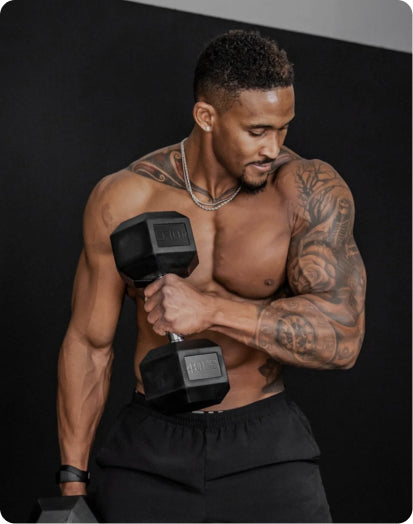
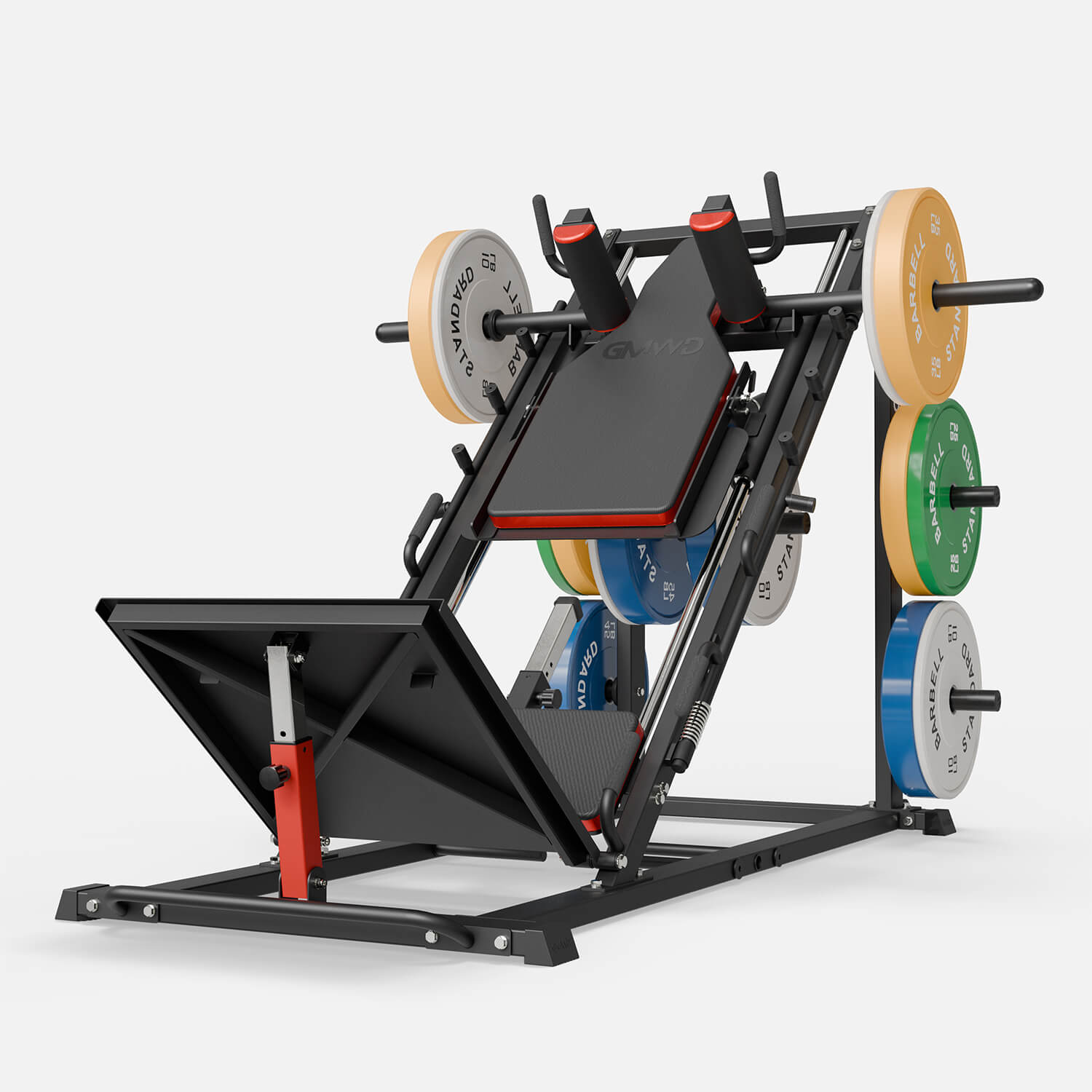


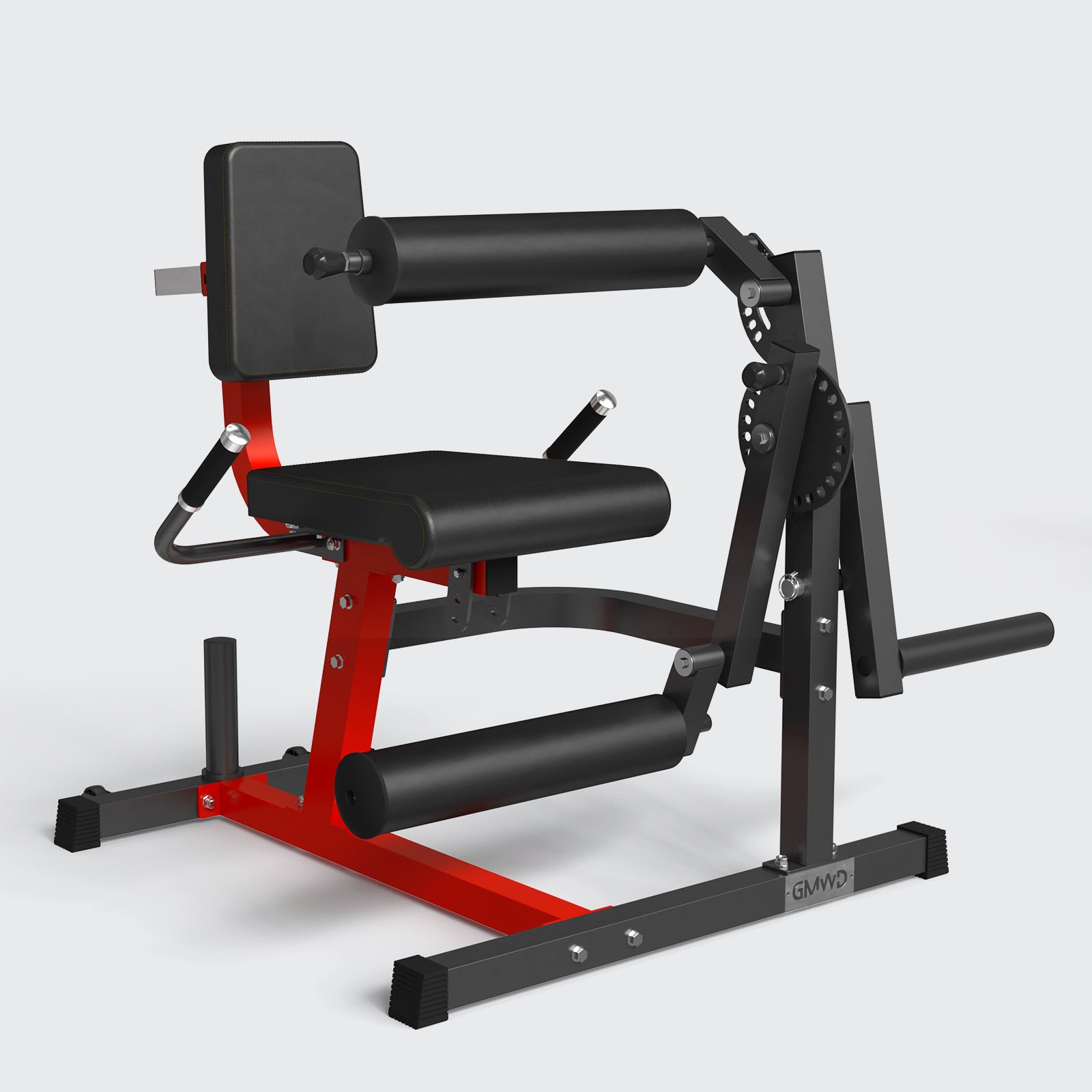

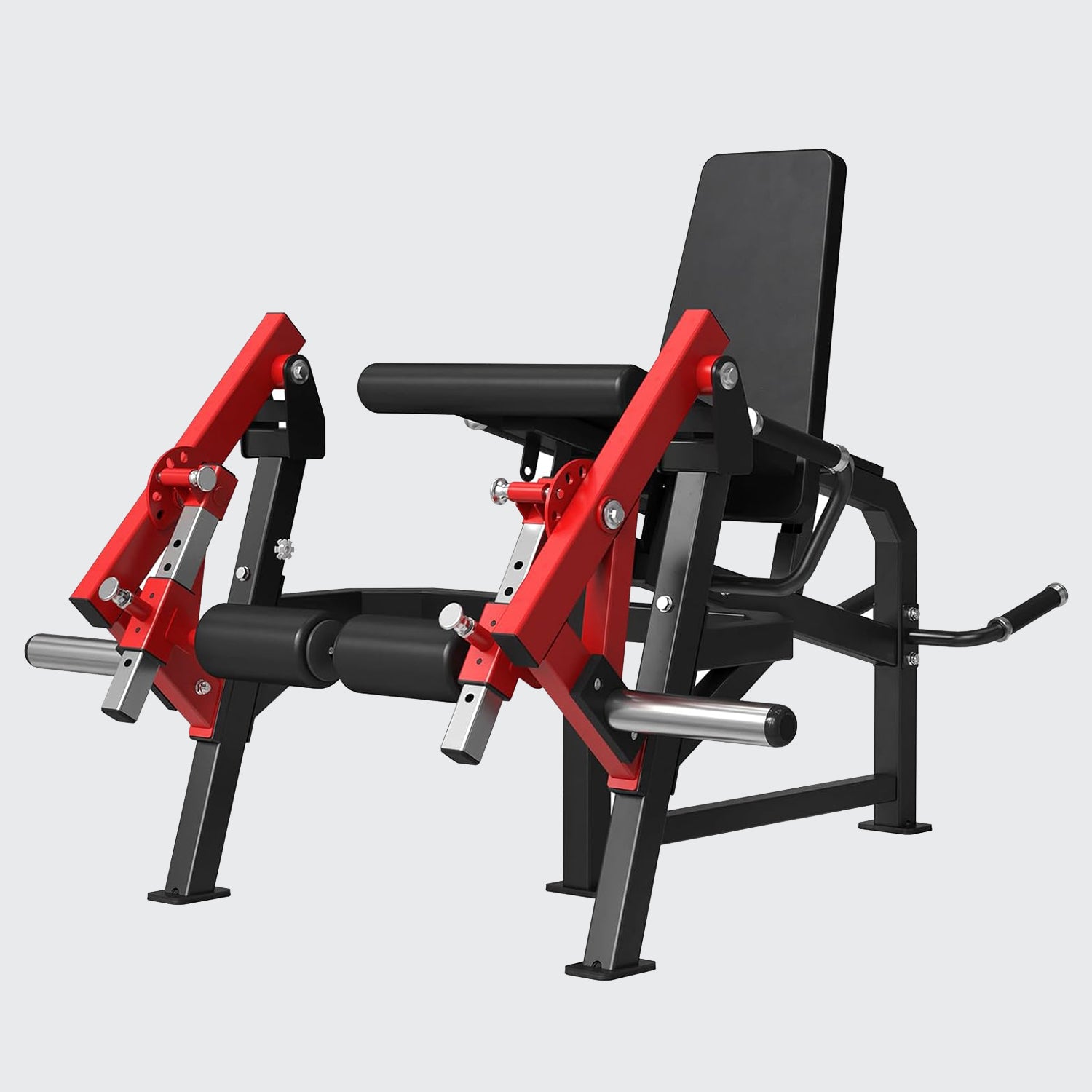
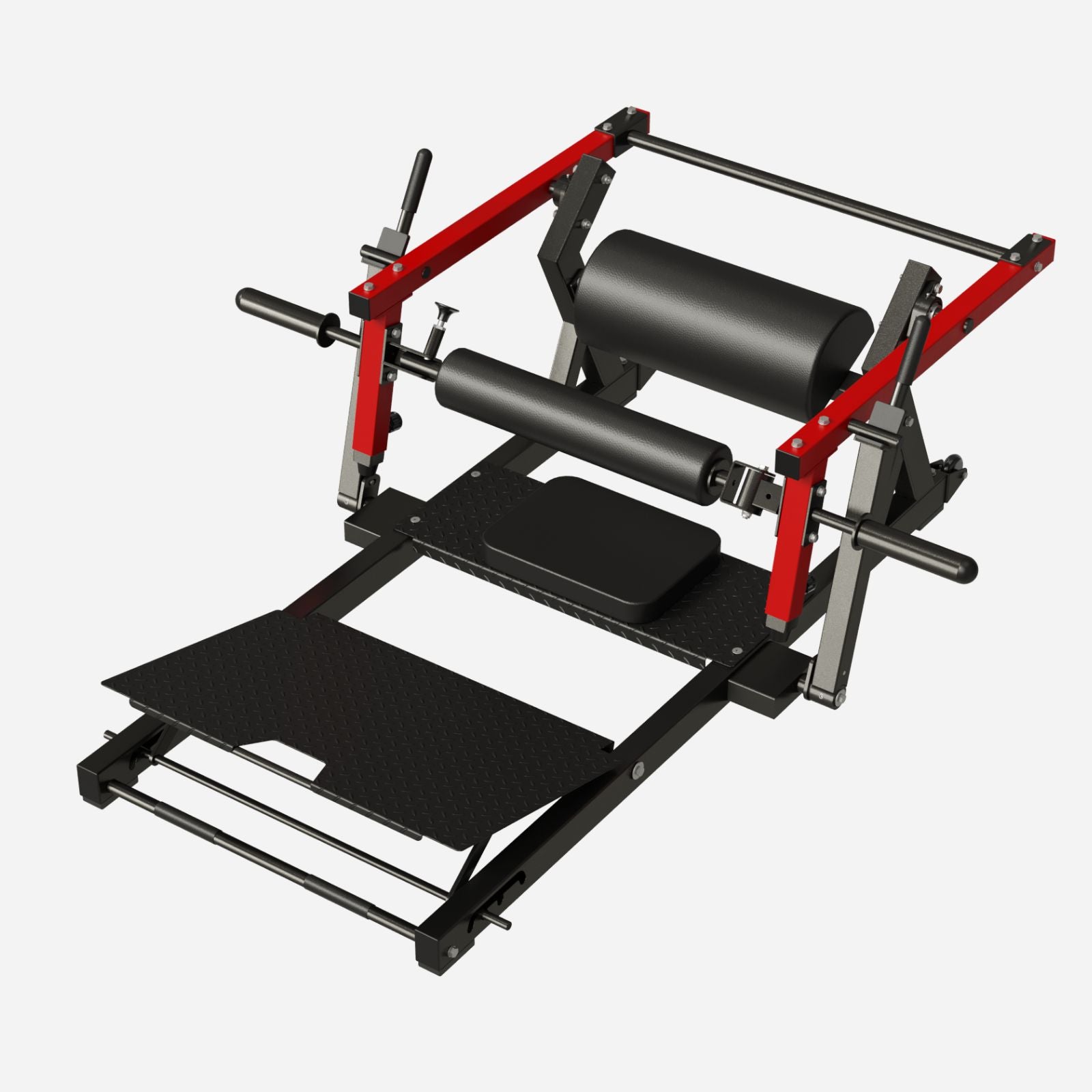
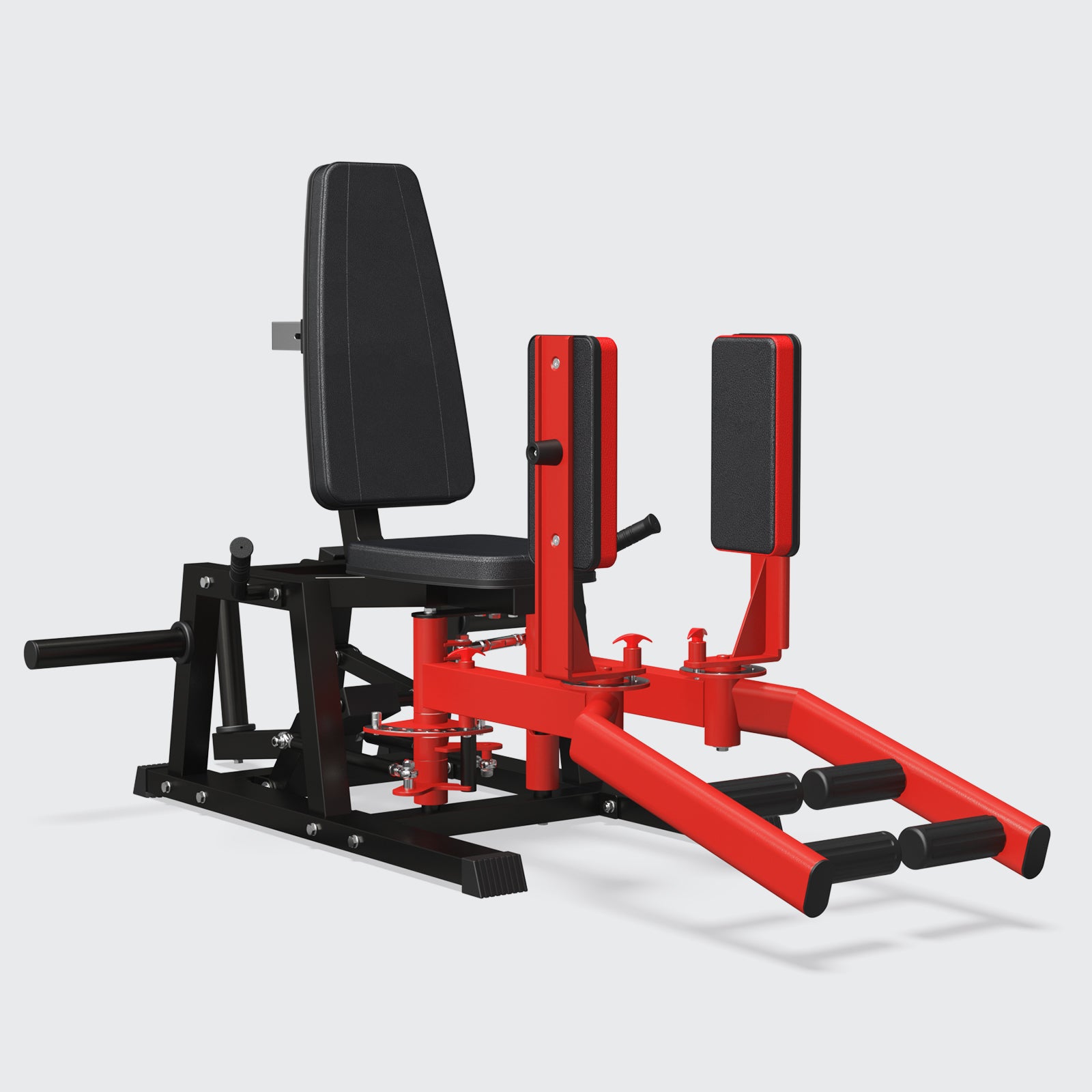

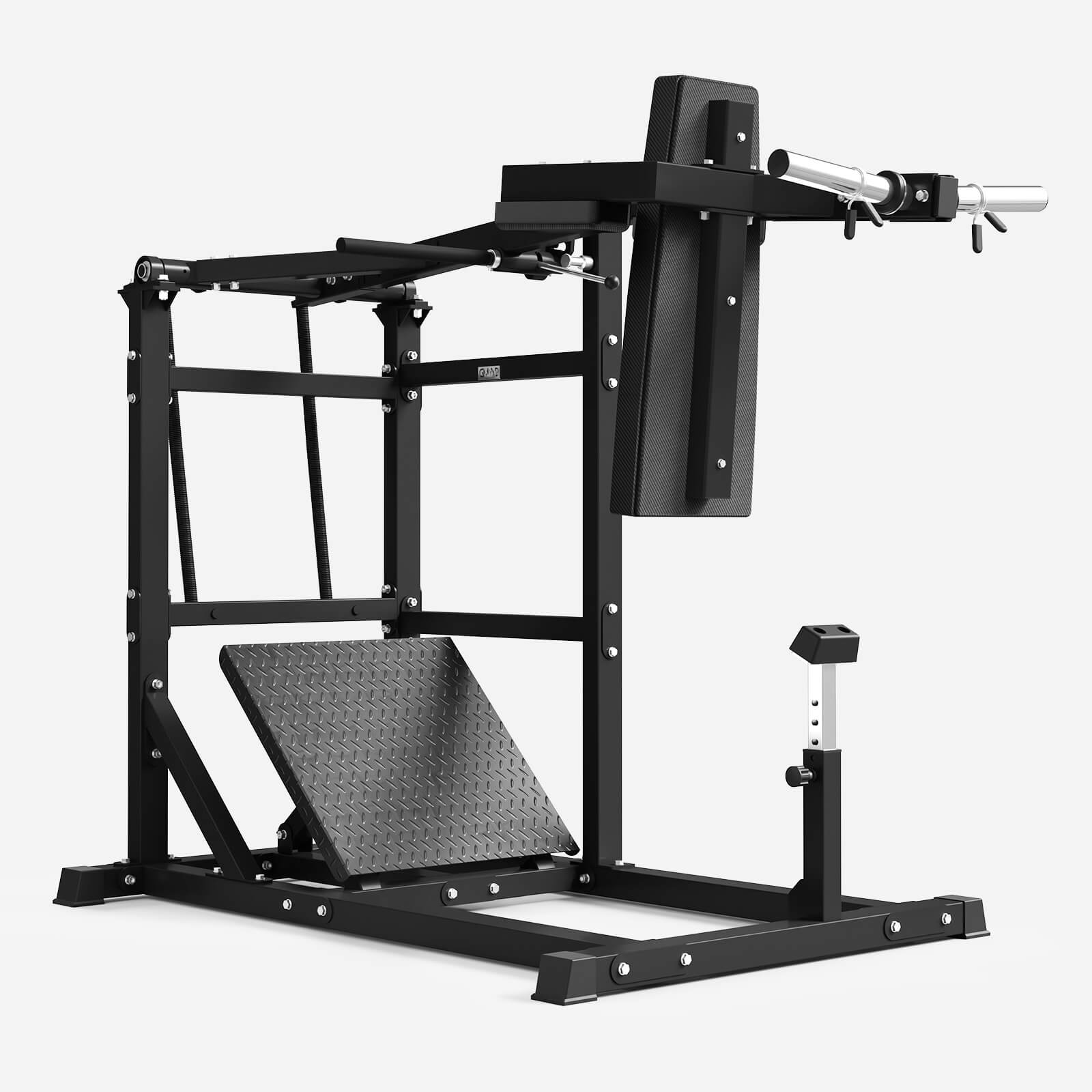
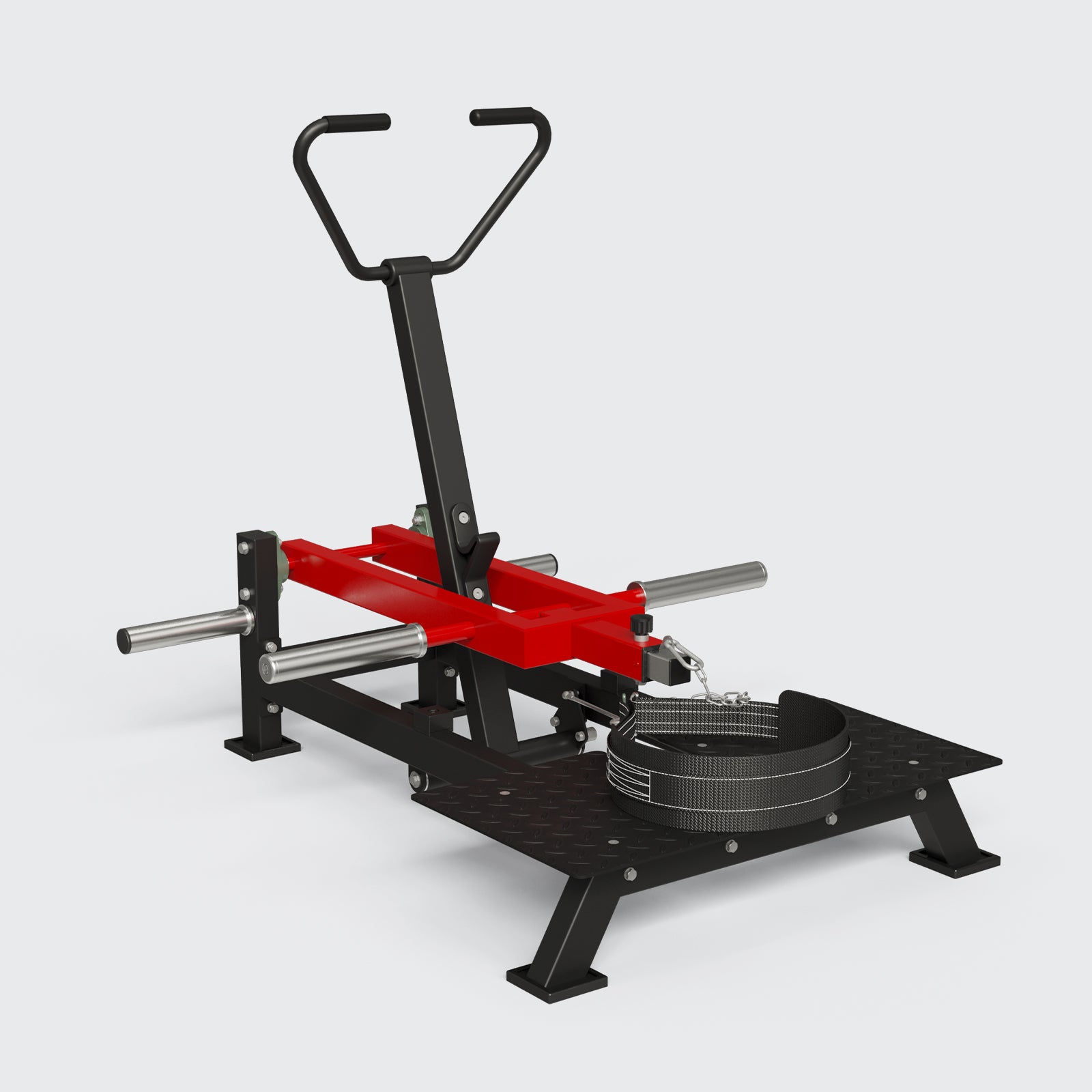
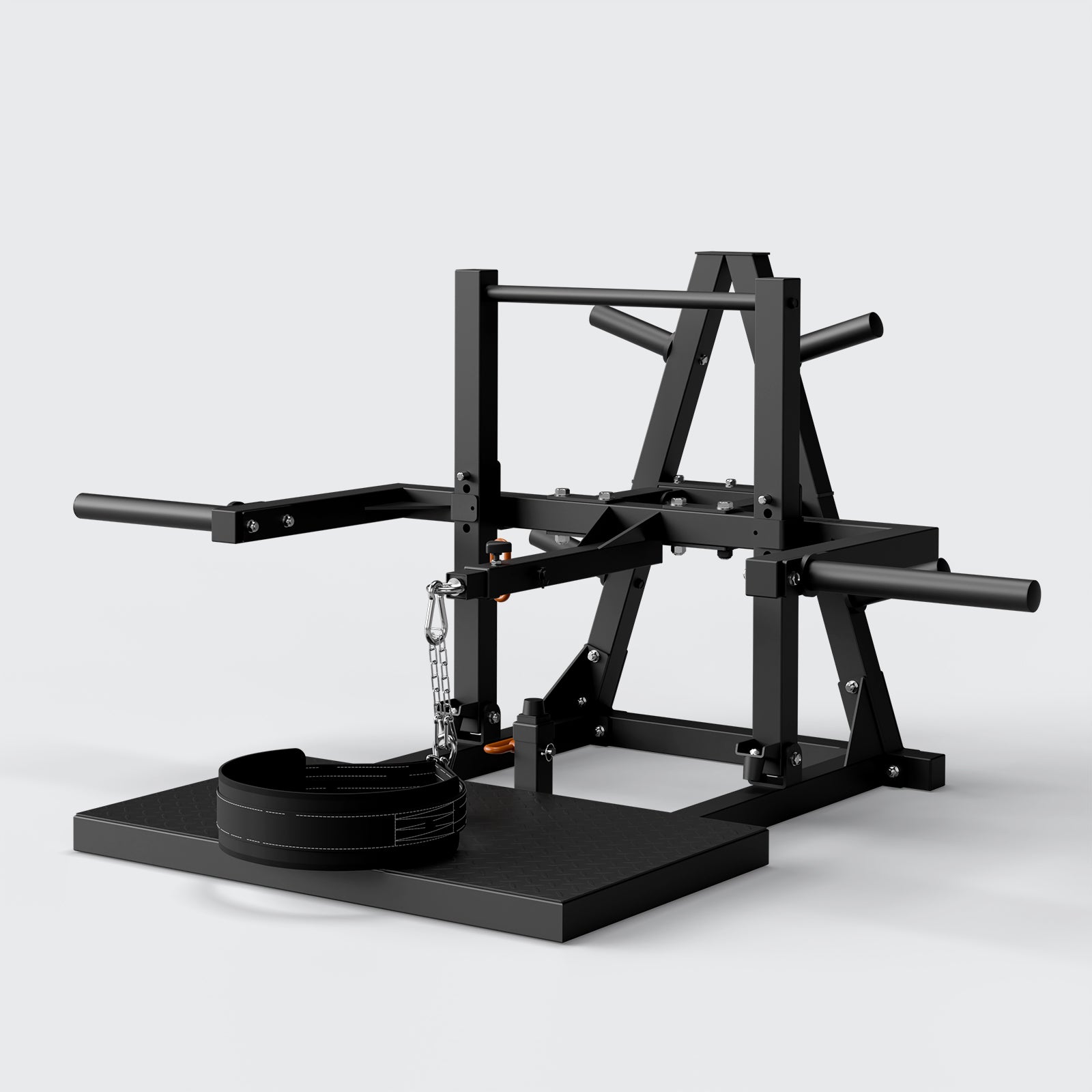
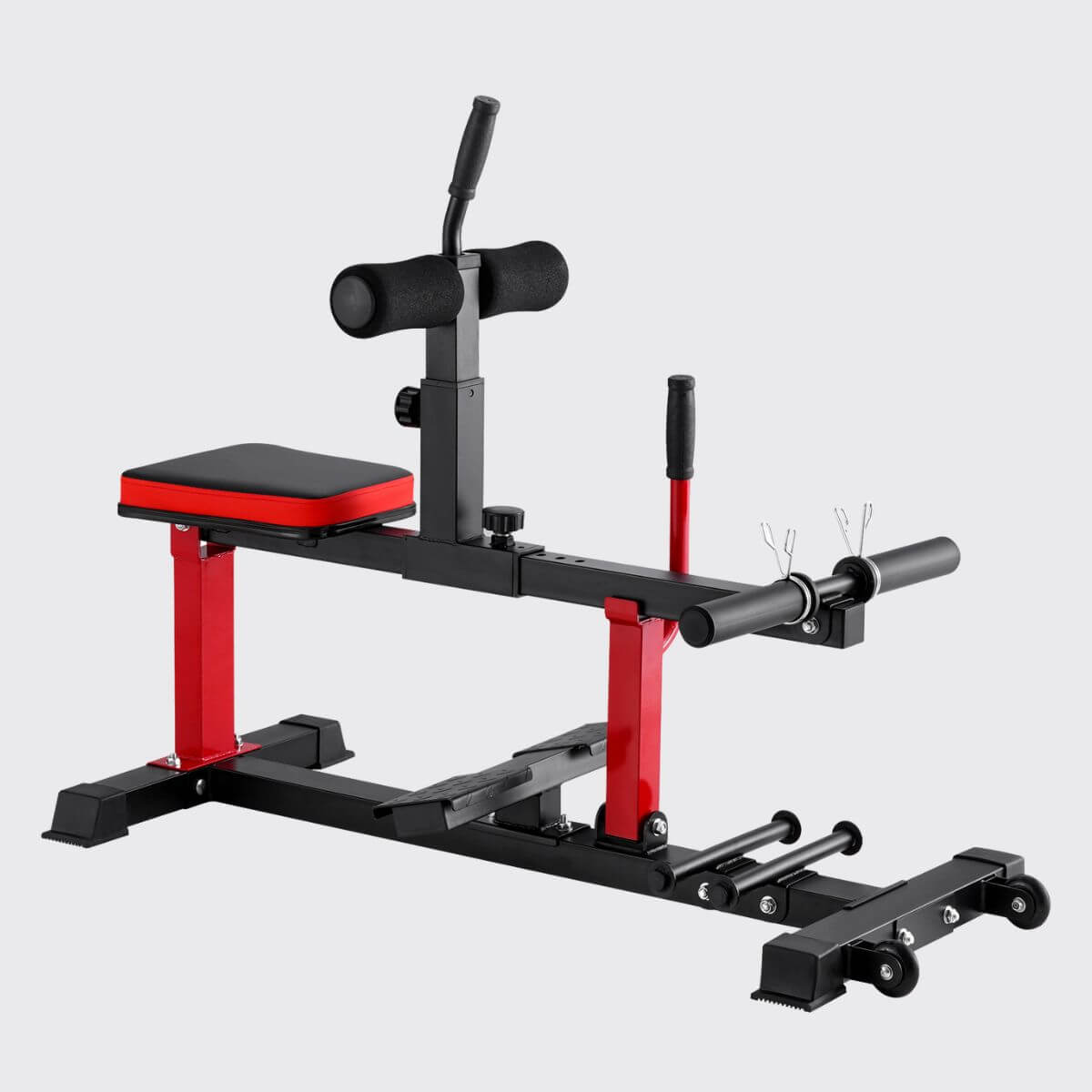
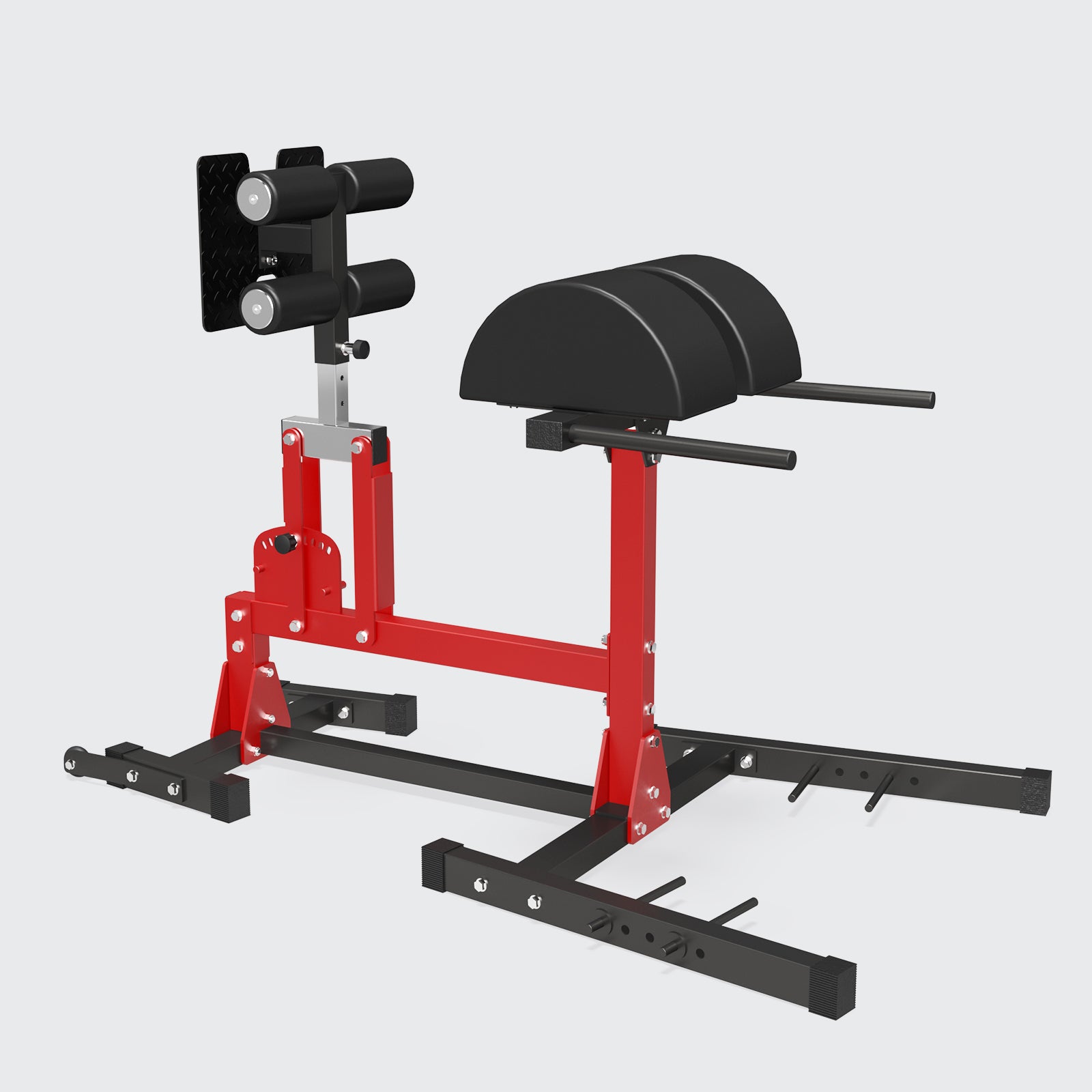
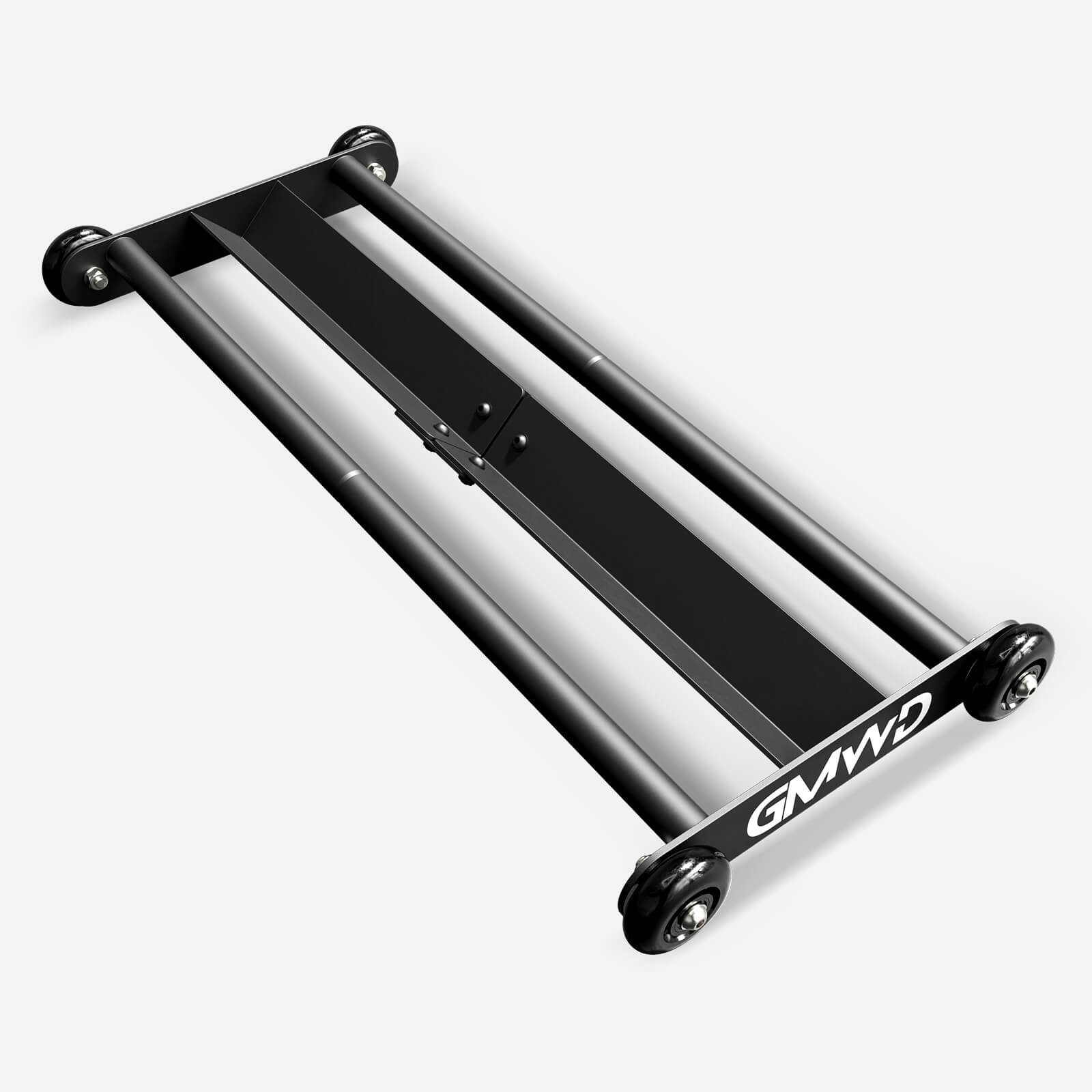



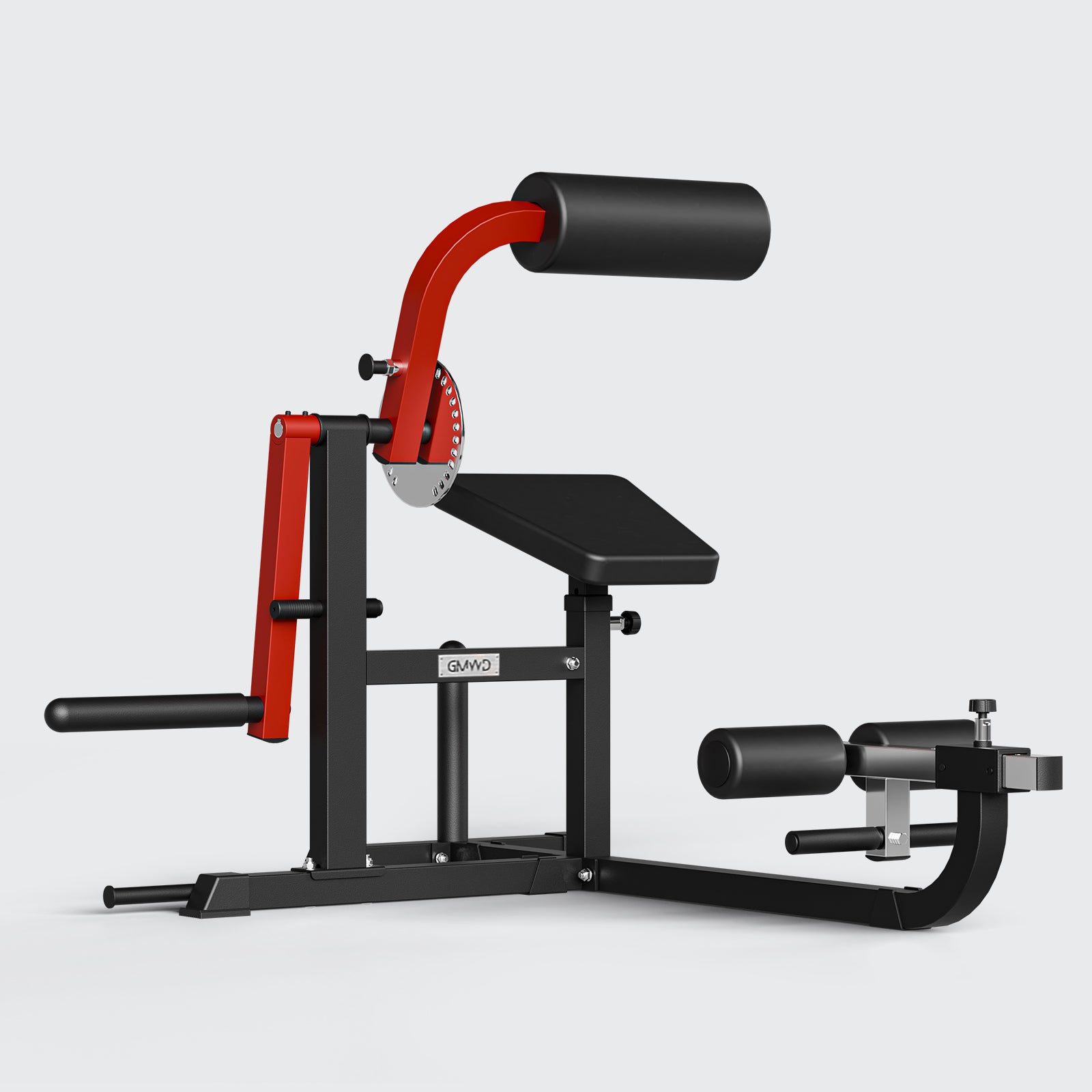
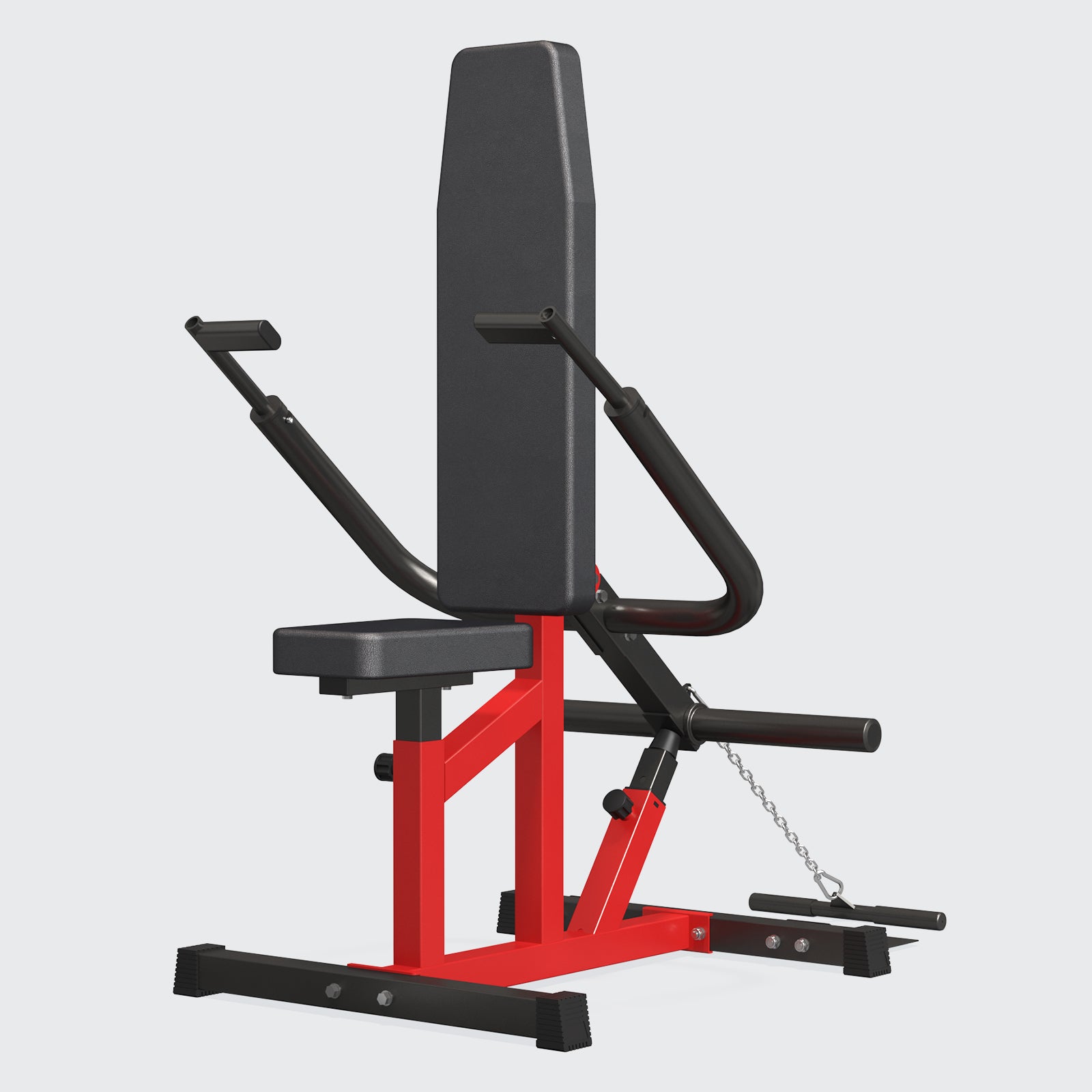
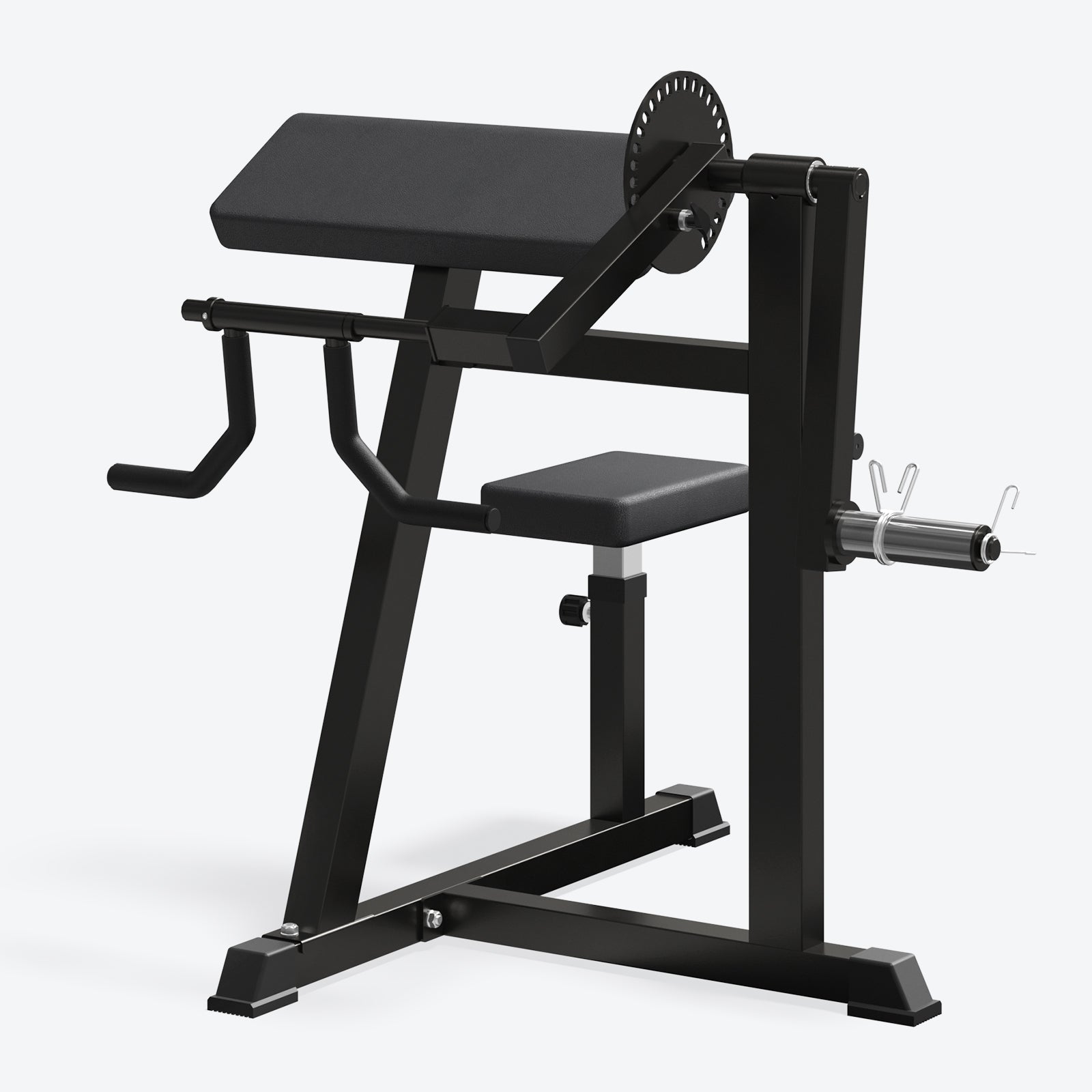

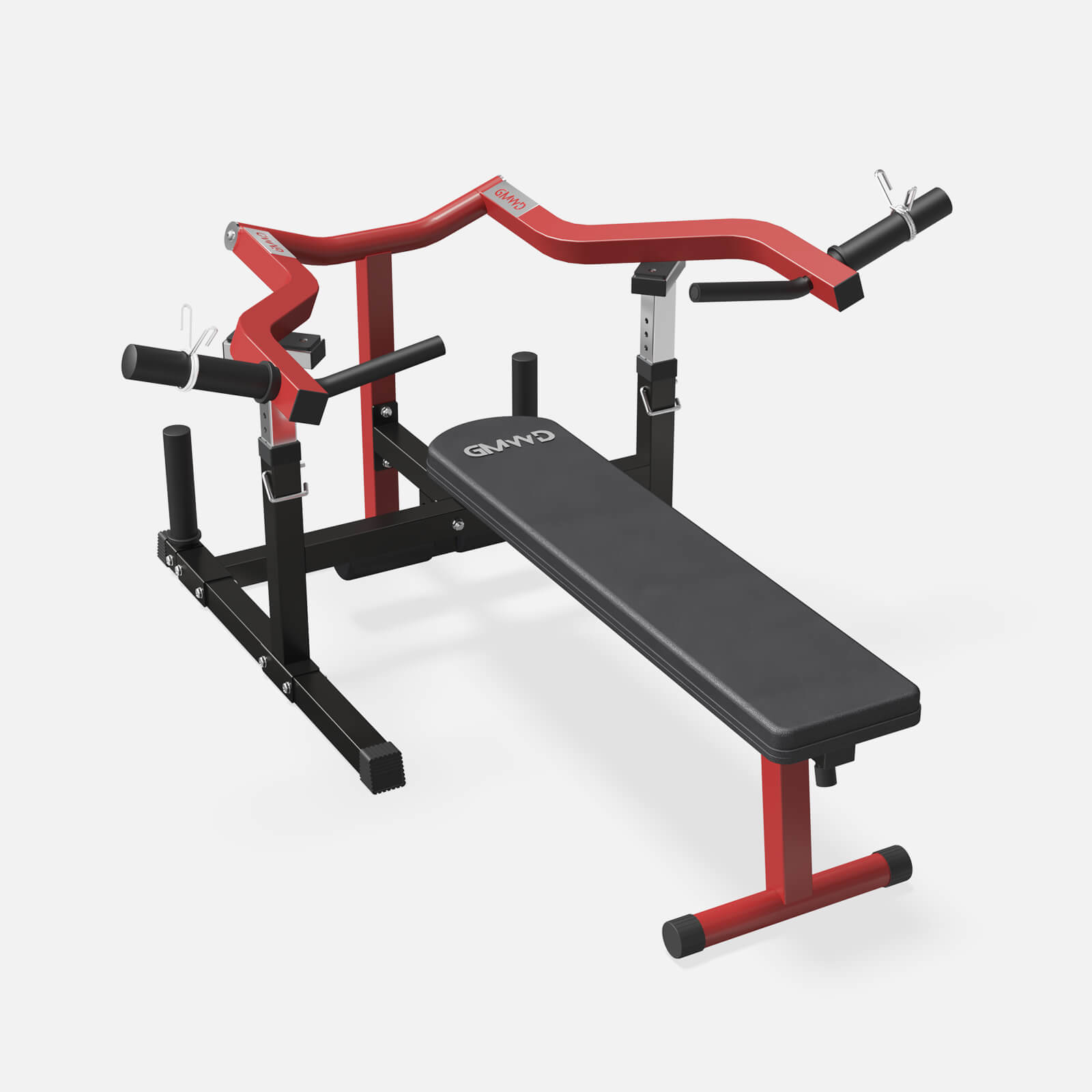


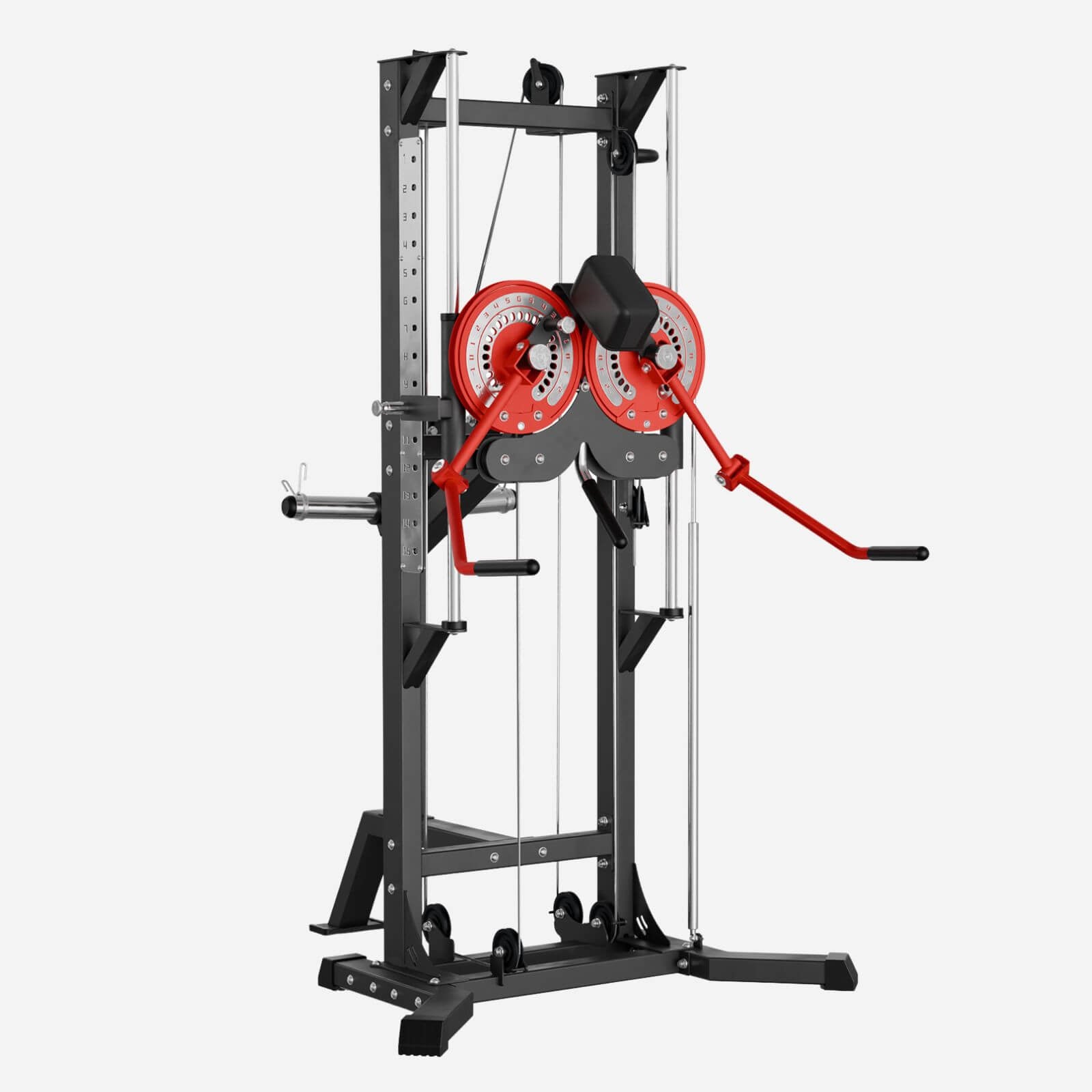
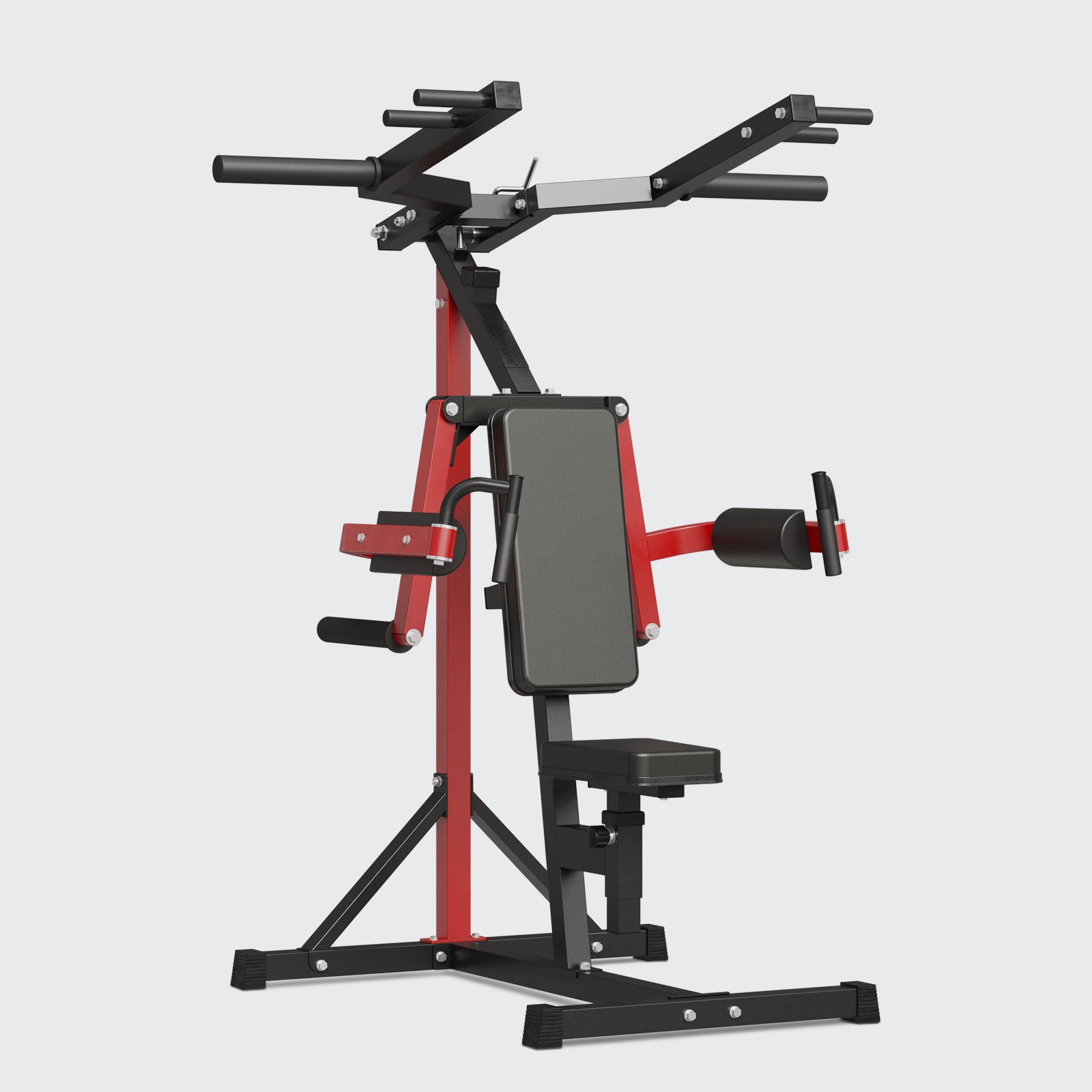
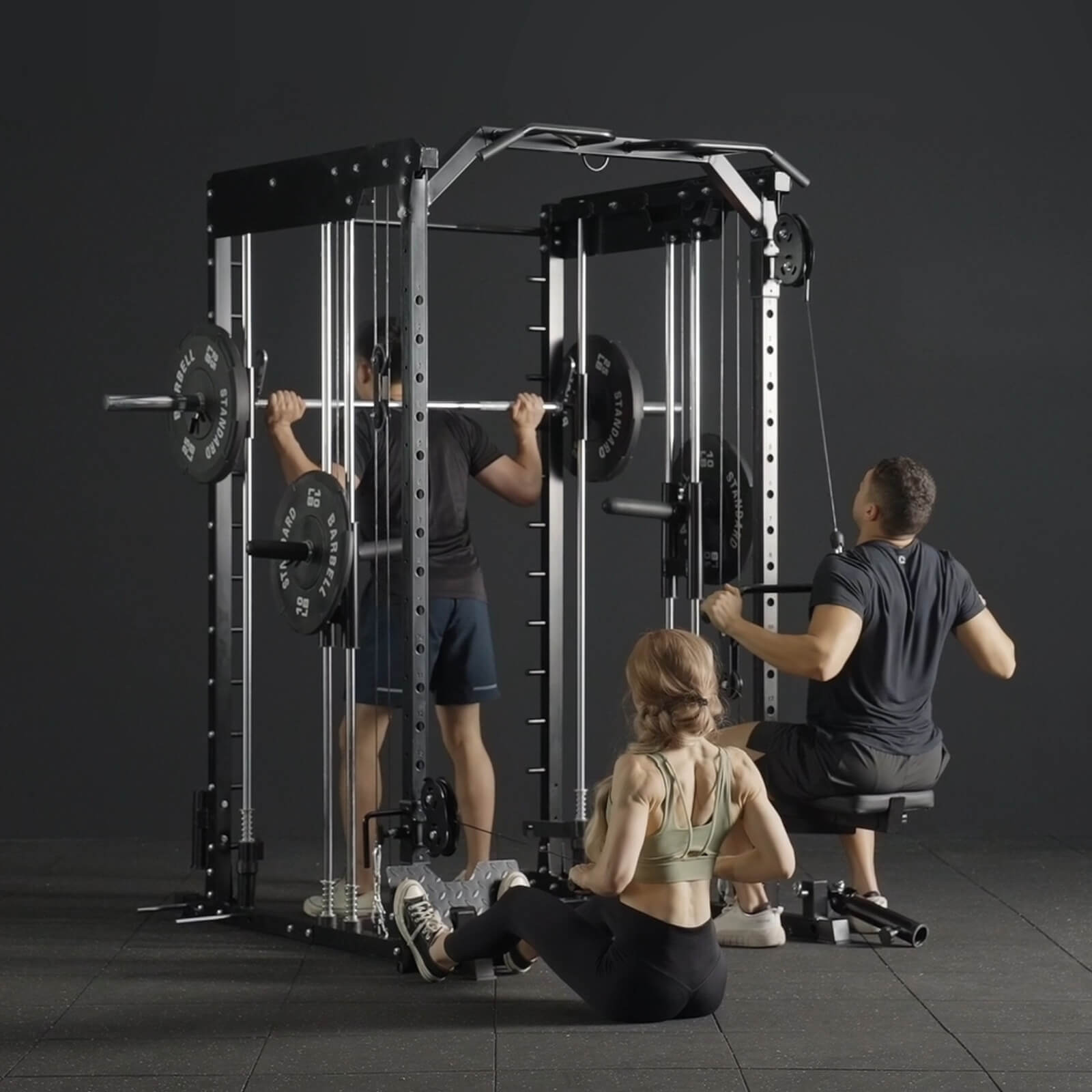
Leave a comment
All comments are moderated before being published.
This site is protected by hCaptcha and the hCaptcha Privacy Policy and Terms of Service apply.